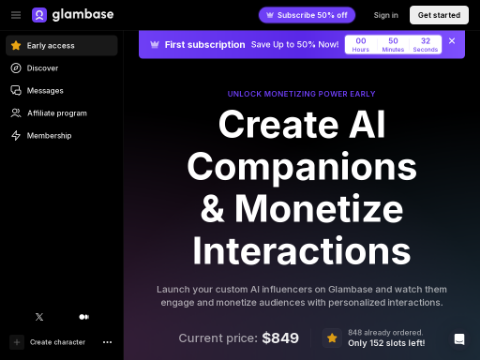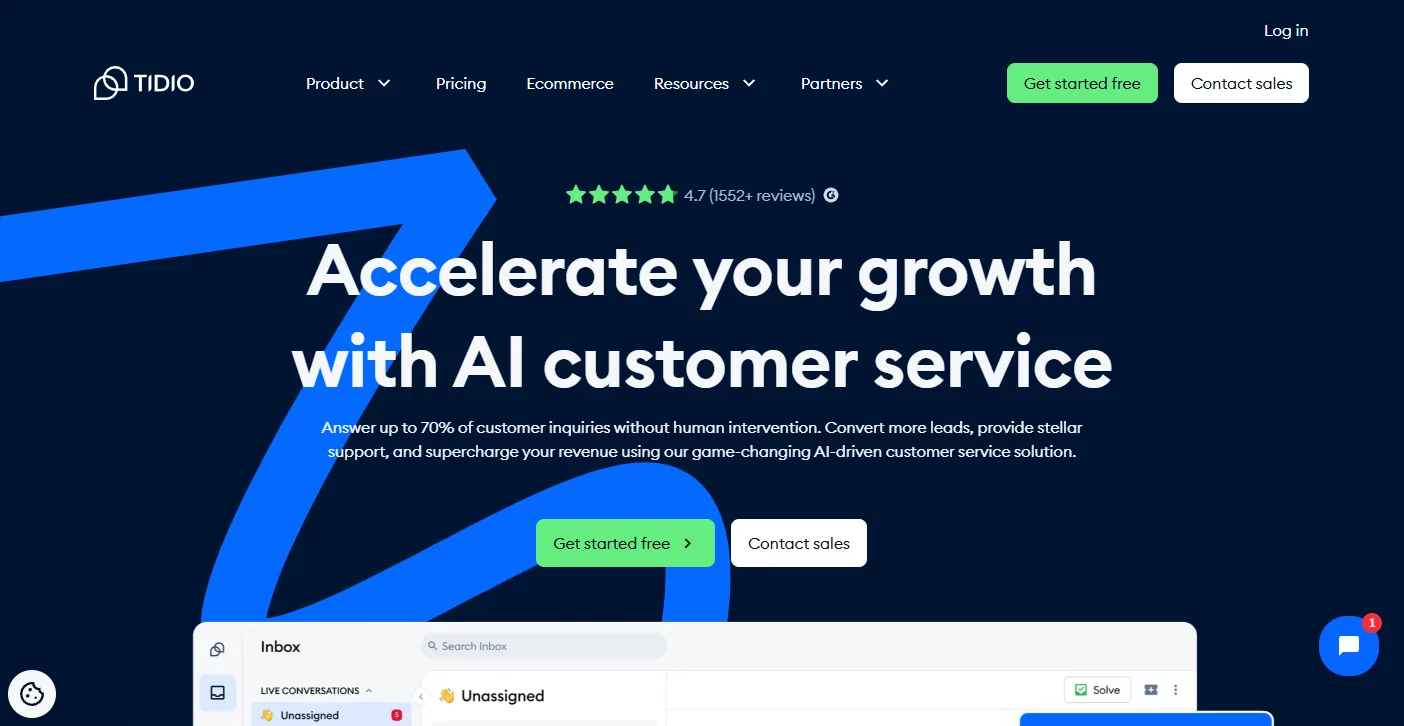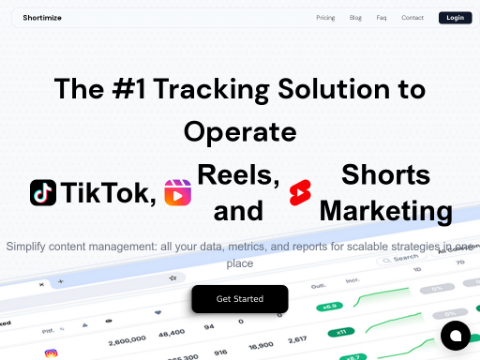Although Adobe has a longer history and a solid position in the industry, Canva's rapid revenue growth and market acceptance have made it a strong competitor.
Canva is widely popular among companies in the higher education sector, and with the release of Canva Enterprise, it has become the focus of attention. With an integrated solution, Canva aims to enable large organizations to effortlessly revolutionize their visual communication, content creation, and collaboration efforts.
Canva Enterprise primarily targets large teams with over 100 members, meeting the complex needs of medium to large enterprises in terms of security, reporting, brand management, and integration.
Melanie Perkins, co-founder and CEO of Canva, expressed great anticipation for this release, saying, "As the demand for visual content soars, managing organizational complexity becomes more challenging than ever before."
Meanwhile, Adobe has launched Adobe Express for Enterprise, aiming to accelerate the creation of enterprise marketing content and extend user-friendly, brand-compliant content production to communication and sales departments.
The latest feature package offers brand control, batch creation, custom template generation, and innovative Firefly tools, allowing marketers to seamlessly repurpose content for upcoming events and adjust campaign materials for different regions.
Creative Users
In terms of global coverage, Canva takes the lead, with users in over 190 countries, accounting for an astonishing 97.4% of the total number of countries in the world.
With a staggering 175 million monthly active users, Canva's growth momentum is undeniable. It reached the milestone of 100 million users in October 2021 and added another 10 million users by the end of 2022.
About 90% of the Fortune 500 companies rely on Canva, and in the United States alone, over 450 of the largest companies use Canva.
On the Adobe side, data shows that by mid-2022, its Creative Cloud subscription service had approximately 23 million active users. Since its launch in 2012 with 1.4 million users, Creative Cloud has experienced rapid expansion, and the potential total number of users is expected to reach 30 million by the end of 2024.
Adobe's flagship tools such as Photoshop and Illustrator dominate the professional creative field, supporting over 90% of creative professionals worldwide.
Revenue Comparison
Comparing Canva and Adobe's profits and revenues reveals interesting insights into the dynamics of these two companies in the creative software market.
Adobe, with its mature Creative Cloud products, is the industry leader. Its revenue of approximately $11.5 billion in the 2023 fiscal year highlights the significant contribution of Creative Cloud to the company's overall revenue.
As of the fourth quarter of the 2023 fiscal year, its creative revenue increased to $3 billion, a year-on-year growth of 12% or 14% on a fixed exchange rate basis. Document Cloud revenue was $721 million, a year-on-year growth of 16% or 17% on a fixed exchange rate basis.
On the other hand, although Canva is a relatively new player compared to Adobe, it has made significant progress in generating revenue. Canva surpassed $1 billion in revenue in 2022 and has maintained positive cash flow since 2020, demonstrating rapid growth and market acceptance.
With an annual recurring revenue of $2.3 billion and a valuation of $26 billion, Canva has become a strong competitor in the creative software field. However, the company has decided to postpone its initial public offering (IPO) until 2025 or 2026, indicating a cautious approach and a focus on further expansion and consolidation before entering the public market.
Conclusion
While Adobe has a long history and a solid position in the industry, Canva's rapid revenue growth and market acceptance have made it a strong competitor.
Ultimately, the choice between Canva and Adobe as an enterprise-level visual communication solution depends on factors such as organizational needs, user preferences, and specific use cases.








